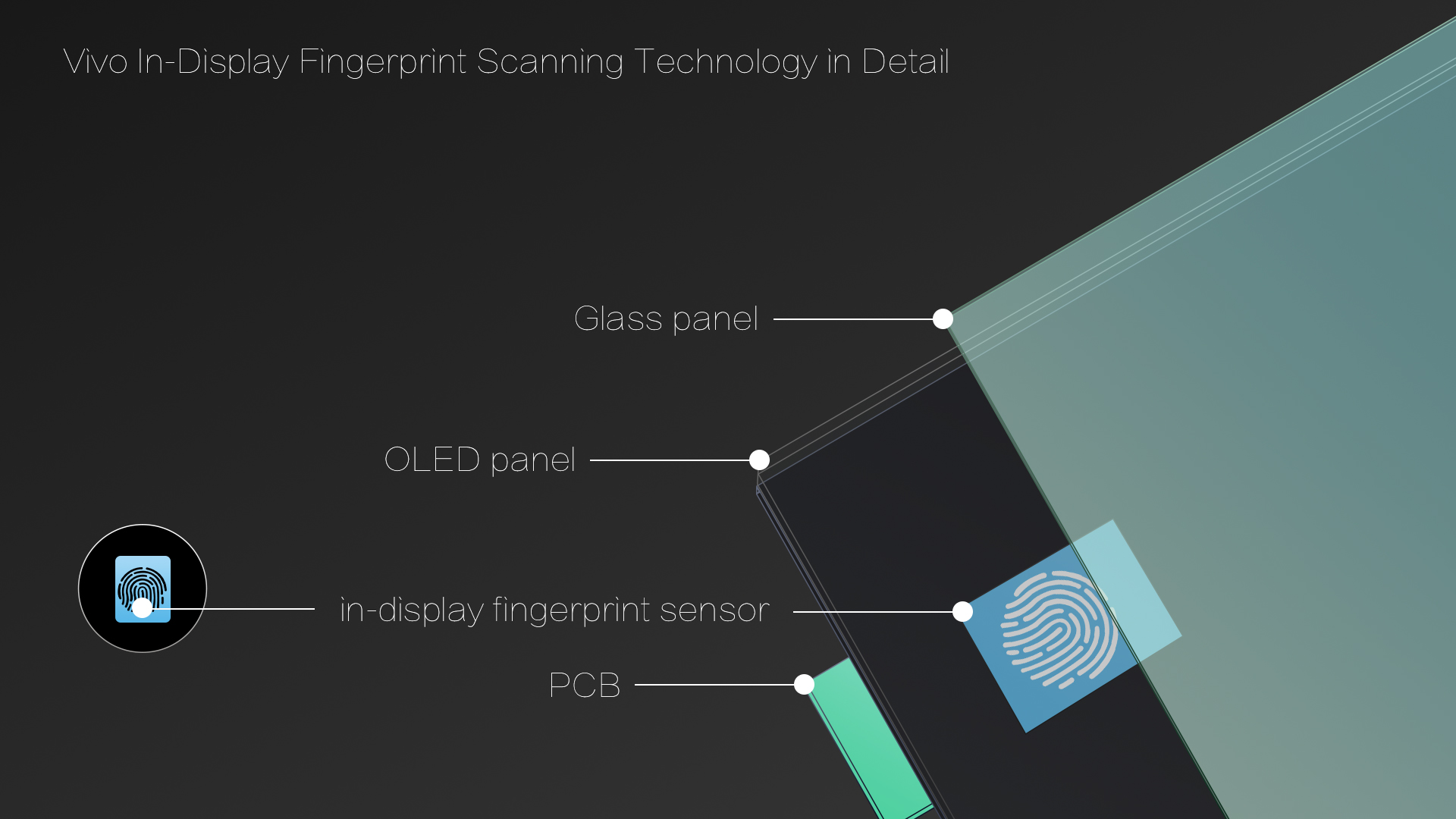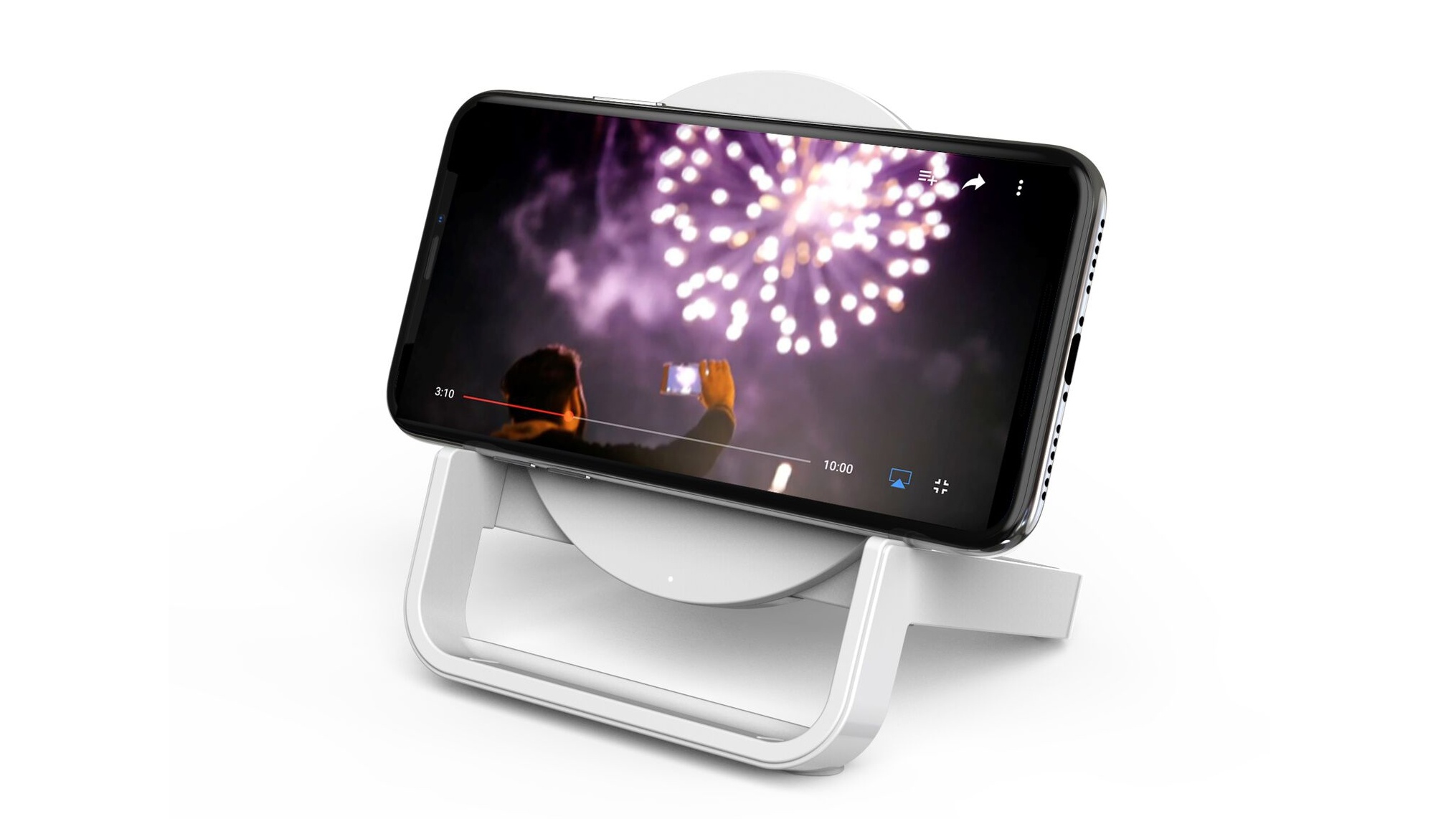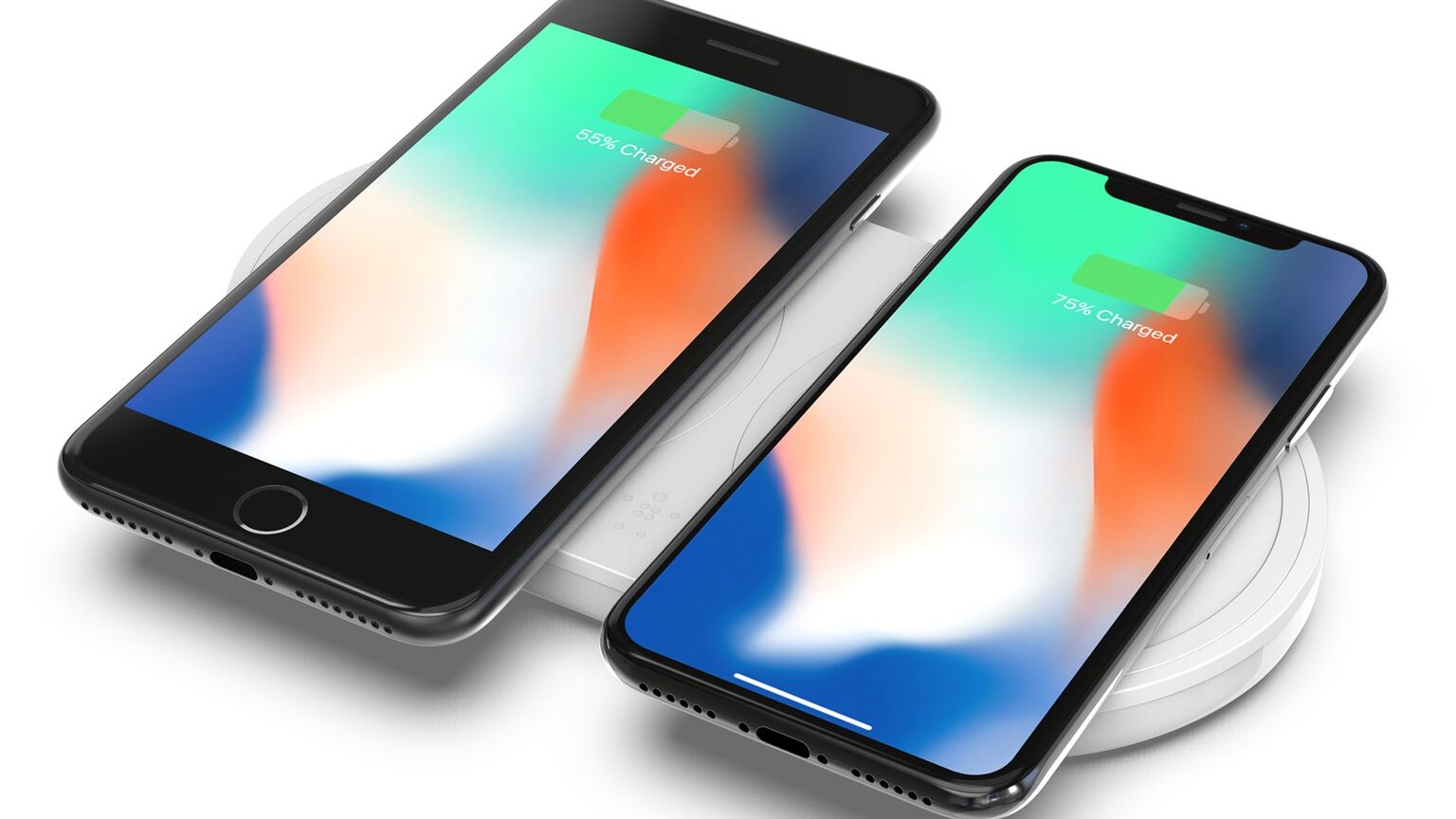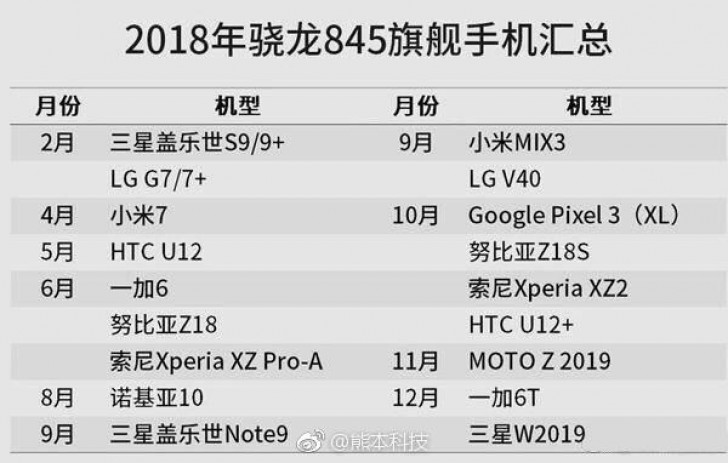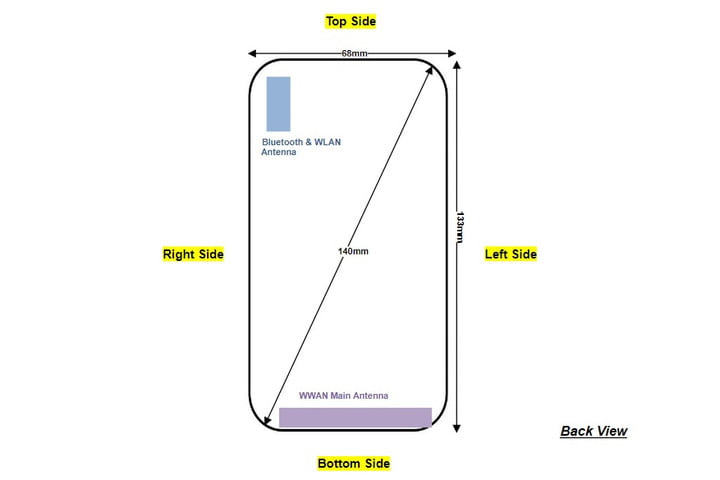Remember that super expensive Hydrogen One phone that Red Studios was making? It's still in the works after all these months of rumors, and now it appears that we won't have to wait that much longer to see it in action.
Yesterday, Red CEO Jim Jannard said on the company's forums that the device is expected to ship sometime this summer, reports The Verge. That puts it in a June – September release window.
Jannard also provided a few more details, saying that Red has managed to get a few mobile carriers to support the phone after launch, although he didn't specifically identify them.
Also, Jannard says that carrier support for the Red phone is as "good as it gets," but it's not clear if he's referring to wide carrier adoption or that a network with a wide range of strong coverage like Verizon will support it.
Spec check
Jannard offered up some details on the Hydrogen One's specs, which pretty much match up with what we've heard before. So, here's what we know. Again, the phone is staggeringly expensive, considering that it starts with a $1,195 (about £855, AU$1,495) price tag.
The price is likely meant to justify the camera technology, which is what Red is chiefly known for among filmmakers and other camera-oriented professions. At 5.7 inches, it's also kind of big, and it will come with a 2560 x 1440 holographic display that supposedly makes images look as though they're in 3D as you move the camera around.
You'll even reportedly be able to capture video in 3D, Red's own "4V" format made for the Hydrogen One, and good ol' 2D.
Beyond that, the new phone will also support modular attachments, such as a "cinema grade camera module" that captures RAW 2D footage in Red's R3D format. In time, Jannard says, we'll also see attachments for capturing both 3D and 4V footage.
Red on the horizon
This all sounds amazing for camera buffs, although it's important to keep in mind that very few people have handled the phone and reported their findings directly, which is a tad worrisome considering that Red is planning on releasing the device in only a few months.
That said, Red has long been known for its superior camera technology, so whatever the company produces will likely be impressive on some level. Even way back in 2014, we were reporting that one of their pro video cameras was so good that you could save 19MP stills from the footage.
(Earlier this month, we tested the Red Scarlet-X video camera alongside an iPhone X and were surprised to find how well Apple's device fared in comparison, at least without editing tools.)
The Hydrogen One is still very much a niche device, though, even in this age of Instagram and Snapchat. It'll be interesting to see what the reception is like when it finally drops.
- What are the best smartphones of 2018 so far?
